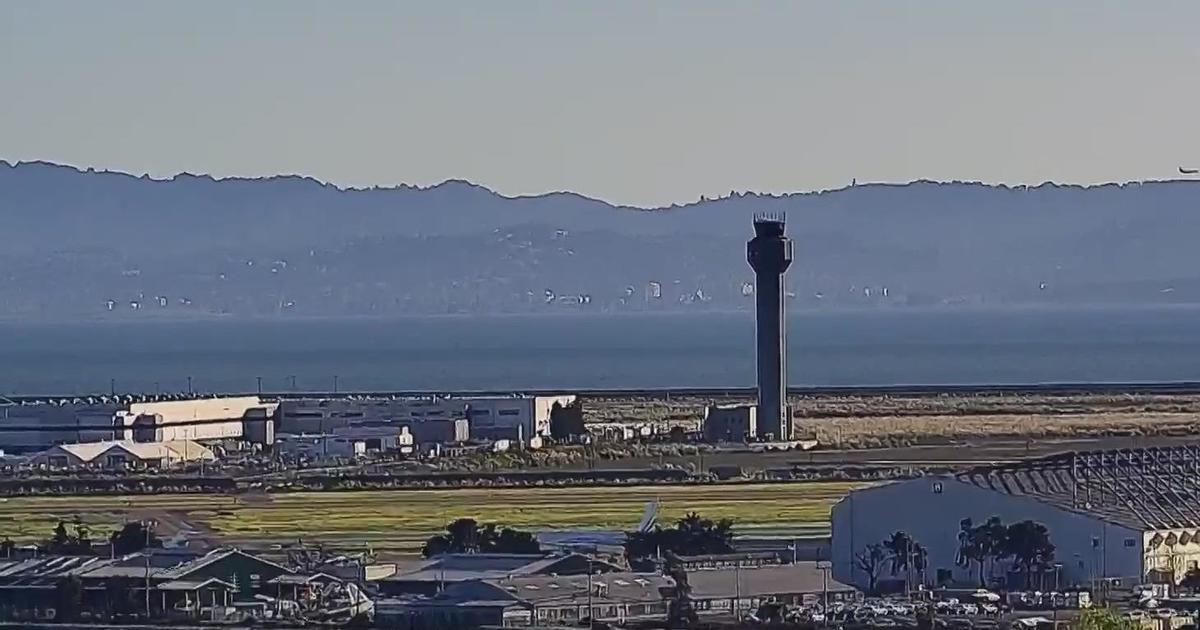Abandoned Mines Could Create Toxic River Flowing Into San Francisco Bay
HOLLISTER (CBS SF) -- In one of the most remote places in the Bay Area, El Niño is potentially a game changer this year, raising threats that a flood of toxic water could flow into San Francisco Bay after sloshing through 40 miles of polluted, abandoned mines.
Stanford Professor Gordon Brown has studied the problem for decades.
"Part of it will get to the Bay. The question is how much, and that's what we really don't know," said Brown.
At the long abandoned New Idria mine in the hills south of Hollister, there is a new urgency to clean up and contain toxic dirt and water laced with chemicals like mono methyl mercury.
"Mono methyl mercury works its way up the food chain from algae up to higher forms of life and can become concentrated in fish," Brown pointed out. "That's ultimately where we get it."
The first prospectors to mine the area came in the 1850s. By the 1880s, there were 600 miners and their families living in New Idria full time.
But the mine's heyday wasn't until World War II, when mercury was considered essential to the war effort.
The mines were so important that the U.S. Army sent troops to guard the mines in case the enemy tried to sneak in and destroy them.
But eventually the boom times went bust. By 1972, the mining company abandoned the site without cleaning it up.
New Idria became a ghost town. It has been listed as a national Superfund site since 2011. The toxic soil turns fresh water orange and poisons it with a host of heavy metals.
Kemp Woods, a neighbor who lives downstream, talked to KPIX 5 about the many toxins found in the water.
"There's aluminum, there's cadmium, there's arsenic, there's antimony, you name it," said Woods. "There's iron, there's everything."
He has lived near the San Carlos Creek for 30 years, and believes he's had "a little bit of mercury poisoning" because his teeth have fallen out, one at a time.
He's one of the first people in the water's path, but hardly the last.
The stream winds its way through the hills and across the Central Valley farmlands, eventually reaching the San Joaquin River. During a rainy year, it can pollute the water all the way to the San Francisco Bay with mercury and heavy metals.
For years, the drought was a kind of containment solution. But this past December, excavators and bulldozers were finally rumbling across the toxic site, which was closed by the Clean Water Act 34 years ago.
"We're taking actions in advance of what we think will be a very wet El Niño winter," said Kelly Manheimer of the Environmental Protection Agency. EPA crews are diverting runoff away from piles of exposed mine waste and expanding settling ponds designed to let the water clean itself, according to Manheimer.
"The pond provides a calm, still place for the metals, which are heavier than water, to settle out. And so they settle out and stay in the pond, and the cleaner water comes out of it," Manheimer explained. "The question that we are here to address is how to bring it back to a more natural state, if not clean it up perfectly? Because we can't."
Imperfect or not, clean up and containment plans could be put to the test if El Niño brings flooding to the hills around New Idria.



